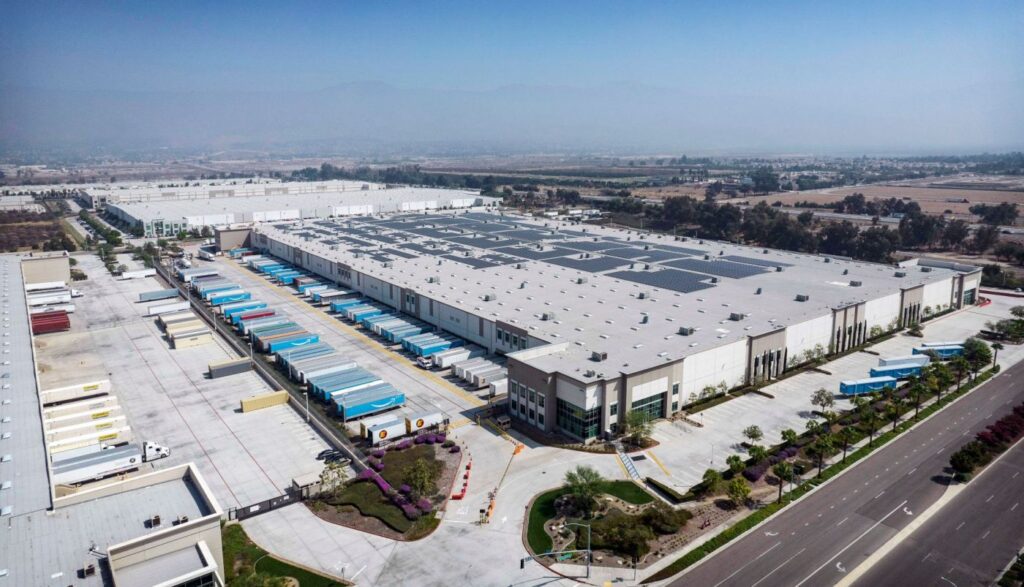
Much has been written lately about economic storm clouds massing on the horizon. If you doubt what I say, pick up any periodical, listen to talk radio or a network news broadcast and mentions of inflation, interest rate hikes, and the Fed’s remedies will abound.
Akin to a desert monsoon that starts with a puff of clouds and morphs into something larger, everyone senses the deluge is coming but most are uncertain how extreme the soaking will be. Full disclosure: Neither do I.
Certainly, my years of experience and witness of several downturns can add credence. But, the reality is all are different in their causes. Take 1990-1994 as an example. Loose lending by savings and loans and their ultimate demise, overbuilding and Iraq’s invasion of Kuwait catalyzed the boom years of the late 80s to a screeching halt.
How about 2008-2011? Easy money to unqualified homebuyers coupled with another spate of massive construction starts was ill-prepared for a pause in the music. Many were left without a chair as the financial markets froze and lending ceased.
Today, the culprits are the pandemic which left us home-bound with stimulus checks and supply chain clogs. The classic case of too many dollars and too few goods took effect, causing consumer prices to spike. Not since the Carter years have we seen inflation this high.
Caught in the crossfire is real estate, both commercial and housing. Housing has started to slow as buying power is directly impacted by pricier loans. Even though the inventory of homes for sale is low, offerings are sitting around longer and the frenzied pace of January 2022 is a distant memory.
So when will we know the commercial market is slowing? The following will provide some guidance.
As I’ve mentioned, commercial real estate trends follow residential by 12 to 18 months. But we’ll sense a slowdown soon — if it’s coming at all.
First, listings will languish. What flew off the shelves earlier in the year will take longer to lease or sell. Recall, our vacancy is at historic lows. So, this won’t happen next week. But, maybe an offering that generated multiple offers will settle for one or two.
Next, owner motivation will shift. The longer a vacant building lays fallow, the more desire an owner will have to fill it.
Pricing will stabilize and then decline. With occupants on the sideline, owners will be forced to deal. One way to do so is through a reduction in asking prices.
Related Articles
Real estate news: $24 million warehouse coming to Irvine Business complex
Industrial building owners fret inflation, recession
No buildings available? You might need a build-to-suit
Real estate news: Affordable apartment complex sells for $11 million in Yorba Linda
Prologis buying Duke Realty in deal worth $26 billion
As rents adjust, so will values. Recall, that the price an investor will pay is a return on the lease check a tenant writes each month. A decline in this amount coupled with an upward move in capitalization rates causes the price per square foot to decrease.
Believe me, I’m watching all of the above quite carefully. Just today while guiding a tour, the conversation centered around “where are we going” as it pertained to our owner’s situation. Yep. Entirely different rhetoric was rampant a mere three months ago.
Allen Buchanan is a principal and commercial real estate broker at Lee & Associates, Orange. He can be reached at 714.564.7104 or abuchanan@lee-associates.com.
